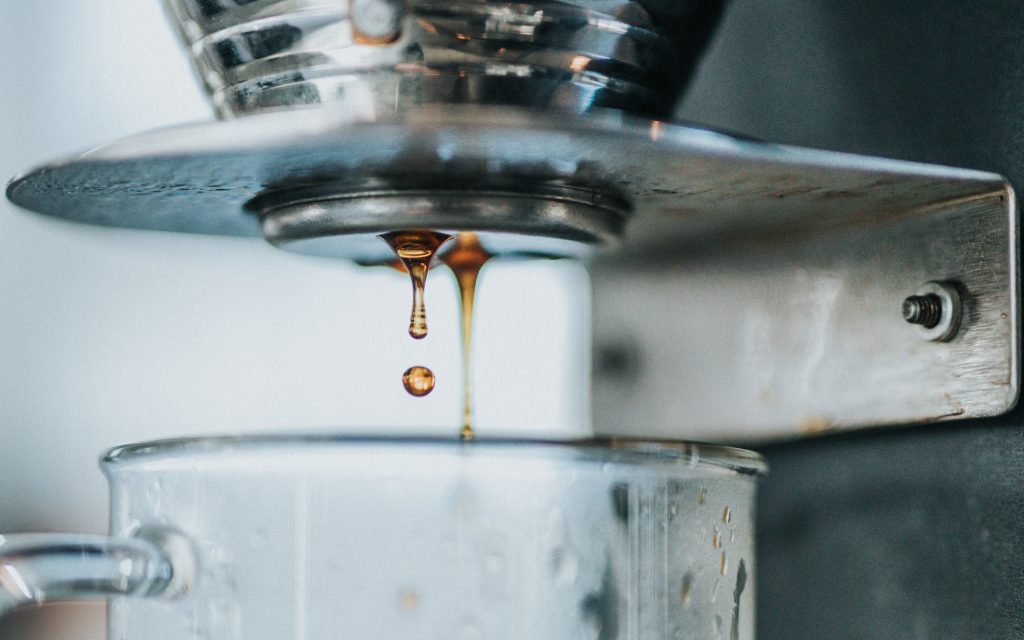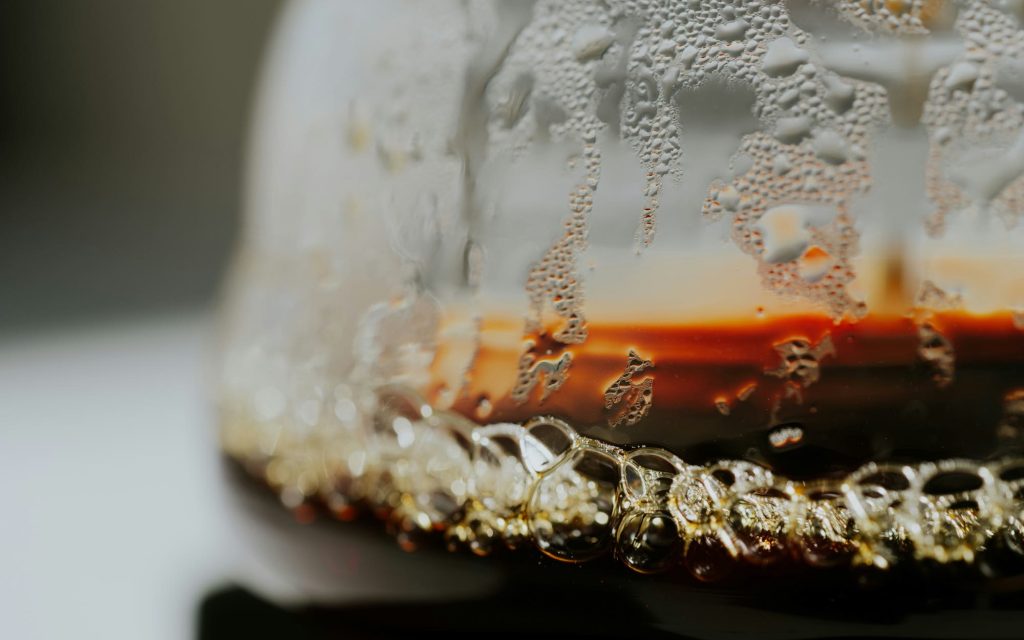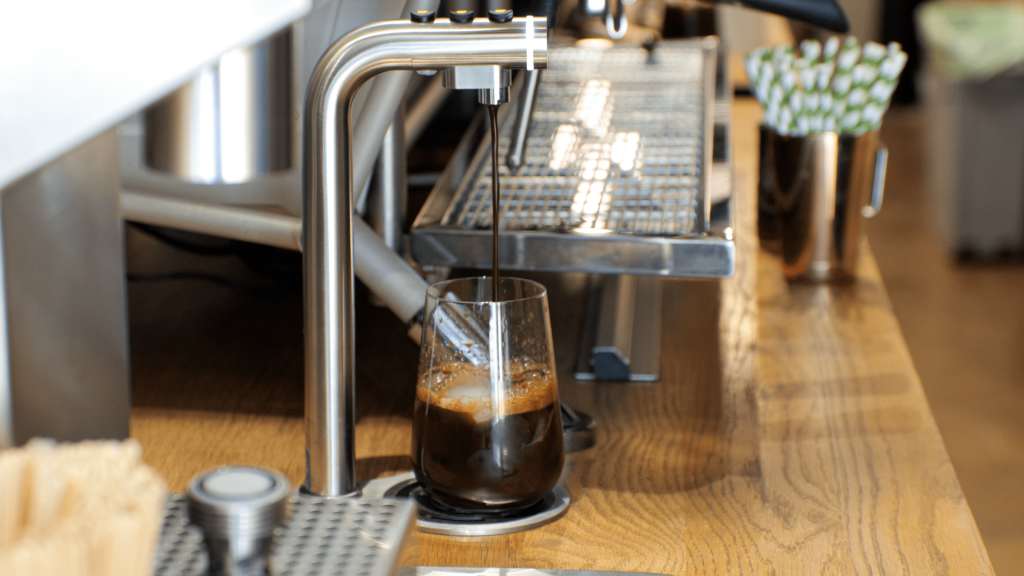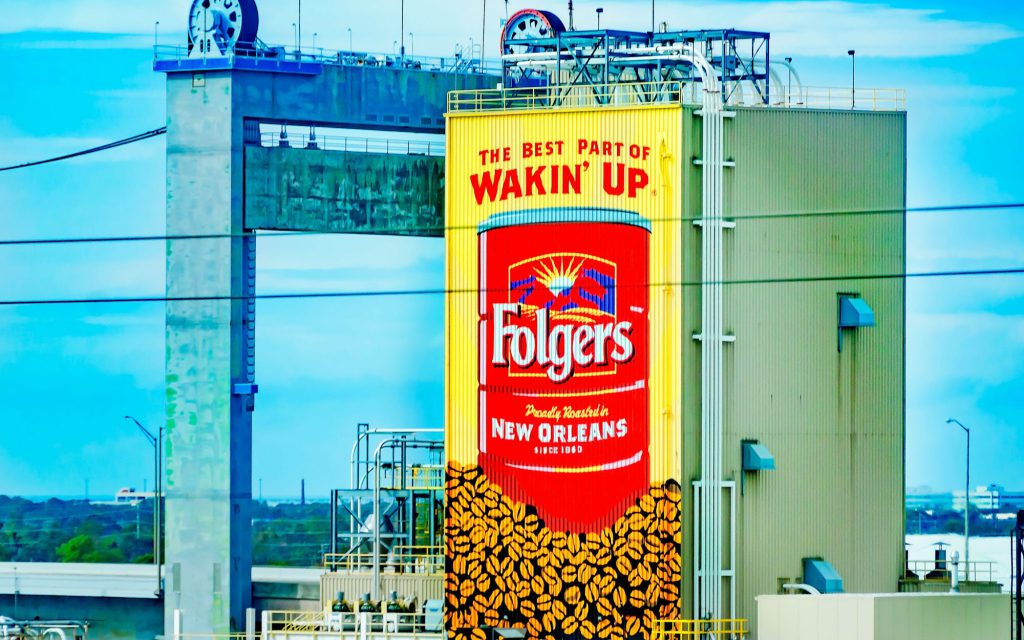How can specialty coffee shops use automation to improve extraction?

In specialty coffee shops around the world, there has never been more of a focus on improving coffee extraction. One of the biggest skills any barista needs to master is knowing how to tweak brew variables to achieve the best results possible.
In line with this, more and more coffee businesses have started to leverage the power of automation. Whether it’s using high-tech espresso machines or automated pour over brewers to assist with extraction, automation can ultimately help coffee shops offer consistently high-quality coffee. And in turn, they can also improve the overall customer experience.
To learn more, I spoke to Oliver Sears, Authorised Specialty Coffee Association Trainer and Barista Hustle coach at North Star Coffee Roasters, and Chris Sheppard, Head of Coffee at Rosslyn Coffee. Read on for more of their insight into using automation to improve coffee extraction.
You may also like our article on how automation is shaping the coffee industry.
Automation in specialty coffee
Over the past few years, it’s been impossible to ignore the huge uptick in automation in specialty coffee. From roasters to producers to coffee shop owners, more and more industry professionals have started using automated solutions to streamline their workload.
For example, World Coffee Portal’s Automated Coffee Report 2021 found that since 2016, the UK’s premium automated coffee market has doubled in size. And in the years following, growth doesn’t appear to be slowing down anytime soon.
Oliver explains why automation has become more popular in the coffee industry.
“The need to increase speed of service and improve both the consistency and quality of coffee is paramount to coffee shops and other hospitality businesses,” he says. “Automation is a backbone which assists with these efforts.”
While speed of service is certainly important for specialty coffee shops, beverage quality and consistency are paramount. In a highly competitive market, even minor inconsistencies between drinks can make a world of difference to the consumer experience. And with customers now paying higher prices for coffee, baristas need to make sure every drink meets high quality standards.
This is where automation comes in. As well as relying on their technical skills, baristas can use automated solutions to improve the consistency of beverage quality.
“Automation is the future of specialty coffee, and is something that more and more coffee shops will invest in,” Chris tells me. “At Rosslyn, we work with a range of automated equipment, such as the Marco SP9.”
Optimising workflow
Many popular menu items in specialty coffee shops, such as pour overs, can take a while to prepare. This can disrupt barista workflow, especially during busy rushes.
“Preparing filter coffee in a high volume coffee shop can be physically and mentally draining for our baristas,” he says, “With the help of automated equipment, we can relieve some of that pressure which, in turn, allows our team to spend more time taking care of customers.”
Furthermore, with some coffee businesses still affected by staff shortages related to the pandemic, automation can provide much needed support where necessary.
So, what contributes to good, even extraction?
As part of a wider conversation about how automation can improve extraction, we first need to acknowledge that good extraction ultimately starts with a skilled barista. Without the knowledge of a trained professional, achieving high-quality coffee extraction will be difficult, if not impossible.
One of the most important factors to consider is grind size. This is how coarse or fine coffee is ground, which much dictates total brew time. This also dictates how coffee will be extracted.
For instance, inconsistent or incorrect grind size will mean that coffee either extracts too quickly or too slowly, both of which will negatively impact sensory profile. Conversely, by using the optimal grind size for a specific brewing method, baristas can extract the full spectrum of a coffee’s flavours.
Other integral brewing variables include water quality and temperature. The quality (and hardness) of the brew water will have a big impact on how flavours are extracted from coffee. Similarly, too much variation in brew temperature will lead to inconsistent results.
Dose and yield, meanwhile, are two interconnected variables. Dose refers to how much ground coffee is used, while yield is the total liquid weight of coffee extracted. Together, both of the variables can be referred to as brew ratio.
With filter coffee, for instance, many people use between 1:15 and 1:18 ratios. This means using one part coffee to between 15 and 18 parts water. The ratio used ultimately depends on which works best for a specific coffee.
As well as these variables, some other key factors to consider when brewing coffee are:
Origin
Processing method
Variety
Brewing method
Type of filter (paper, metal, or cloth)
Consistency in extraction
No matter the brewing variable, Chris says consistency is key.
“If either yield, water temperature, brew time, or grind size are not consistent with our dial-in settings, then we can’t provide the consistency that our guests rely on,” he tells me.
Oliver agrees, saying: “Baristas need to focus on consistency and repeatability to minimise the chance of errors – especially when making several drinks at the same time.”
Why should specialty coffee shops invest in more automatic brewing equipment?
There are several reasons why coffee shops would want to invest in automatic filter brewers – whether for batch brew or single-cup pour overs. The two most prominent reasons, however, are to improve beverage quality and optimise workflow.
“Automatic pour over brewers allow you to prepare high-quality coffee while saving on labour,” Oliver explains. “Staff can spend more time focusing on customer service or fulfilling other essential tasks, while automated equipment can handle quality control, especially during peak times.”
Chris agrees, and mentions that Rosslyn has used automated Marco SP9 brewers since it first opened in 2018. These brewing systems are typically used to brew coffee by the cup, but can also brew larger batches up to around 600ml.
“The SP9 allows us to offer individually brewed pour over coffees even during the busiest periods of service,” he says.
He explains that the brewer allows baristas to control a number of extraction variables, including brew temperature, yield weight, and brew time. They also mitigate any fluctuations in these variables to improve the consistency of extraction.
“It doesn’t matter if a barista with two years’ or two weeks’ experience is brewing a pour over with the SP9 – we can be confident that beverage quality will meet our high standards,” he adds.
Accounting for differences in skill and experience
The difference in skill sets between more and less experienced baristas varies dramatically. However, even among baristas who are more formally trained, there can still be inconsistencies between brewing techniques.
“Using single-cup pour over brewers like the SP9 means we get consistent results which are easy to replicate – even with a team of six or more people across the week,” Oliver tells me.
“Having to replicate the same quality coffee as a manual hand brew would not only be time-consuming, but it could also be detrimental to consistency – even if all baristas are able to accurately dial in the coffee,” he adds.
This is especially apparent during busy rushes. A barista under more pressure in a higher-stress environment is much more likely to make mistakes than during quieter periods.
Oliver explains that when brewing more premium coffees, this is particularly challenging.
“A particular coffee may have a beautiful and distinctive flavour profile, be of exceptional quality, or be more rare and exclusive,” he says. “Automatic pour over brewers can ensure you don’t potentially lose any of that because of human error.”
What about cold brew?
With cold coffee beverages becoming more and more popular in coffee shops around the world, finding ways to improve extraction for these drinks is also important.
For example, cold brew is often left to steep at lower temperatures for hours at a time. This can mean baristas have little oversight of extraction.
Automated coffee concentrate solutions, like Marco’s ColdBRU system, can help optimise extraction by using pre-set recipes. These allow for more consistent extraction levels that meet the specific needs of each coffee business.
The ColdBRU can be used to prepare coffee concentrate with a higher level of total dissolved solids (TDS), as well as ready-to-drink cold coffee. Ultimately, this can lead to more reliable results and minimise waste, making cold coffee beverages more profitable in the long run.
Moreover, the ColdBRU system can prepare cold coffee concentrate in less than three hours – thereby streamlining workflow, too.
Are more consumers also investing in automation?
Alongside more and more coffee shops and roasters relying on automation, coffee consumers are also starting to invest in automatic equipment at home?
“We’ve seen increasing trends of people using single-cup automated brewers at home,” Oliver says. “Additionally, home baristas are using products like the Marco Ottomatic to brew batches of coffee with brewers like the Chemex.
He explains that the brewer’s spray-head and pulse-brewing technology ensures even prewetting and turbulence throughout the extraction.
“These technologies allow you to get high-quality and repeatable results for larger batches of coffee at home,” Oliver adds.
What are the benefits of automating filter coffee brewing?
When using high-quality automated pour over brewers, baristas can be liberated from many repetitive tasks which need to take place during coffee extraction.
“The Marco SP9 has shower screens that uniformly distribute water across the coffee bed,” Chris tells me. “This helps to quickly saturate dry ground coffee during the bloom phase, which then assists with more even extraction.
“And we all know that even extraction usually means more balanced and clean flavours in coffee,” he adds.
Ultimately, if a barista trusts an automated pour over brewer to perform to a high standard and control extraction variables for them, they have more room to experiment with different flavour profiles and mouthfeel.
“Once baristas have dialled in a recipe, automated pour over brewers are an excellent way to provide repeatable, great-tasting results,” Oliver says. “As long as baristas record and share the optimal grind size, along with other brew variables, automated pour over brewers can maintain high quality standards.”
Minimising risk of injury
With any repeatable task comes the risk of repetitive strain injury (RSI), which is pain caused by repeated movement of parts of the body. For baristas, this is usually the wrist as there are a number of repetitive movements when preparing filter coffee, such as:
Using grinders to grind coffee beans
Using a gooseneck kettle to pour water
Stirring or swirling the coffee once extracted
Chris tells me automated equipment can alleviate strains on baristas, ultimately improving their workflow.
“During busy periods, all of our automated equipment plays a vital role in the speed, consistency, and quality of the drinks that we serve,” he says.
As well as improving extraction consistency, automated coffee brewing equipment can also help streamline a range of operations and processes.
As a result, baristas can free up more of their time and focus instead on providing excellent service – a key part of the consumer experience.
Enjoyed this? Then read our article on how coffee shops can use cold coffee drinks to diversify their menu.
Photo credits: Marco Beverage Systems
Perfect Daily Grind
Please note: Marco Beverage Systems is a sponsor of Perfect Daily Grind.
Want to read more articles like this? Sign up for our newsletter!
The post How can specialty coffee shops use automation to improve extraction? appeared first on Perfect Daily Grind.





Responses